
- For PC
- For MAC
- For Linux
- OS: Windows 10 (64 bit)
- Processor: Dual-Core 2.2 GHz
- Memory: 4GB
- Video Card: DirectX 11 level video card: AMD Radeon 77XX / NVIDIA GeForce GTX 660. The minimum supported resolution for the game is 720p.
- Network: Broadband Internet connection
- Hard Drive: 22.1 GB (Minimal client)
- OS: Windows 10/11 (64 bit)
- Processor: Intel Core i5 or Ryzen 5 3600 and better
- Memory: 16 GB and more
- Video Card: DirectX 11 level video card or higher and drivers: Nvidia GeForce 1060 and higher, Radeon RX 570 and higher
- Network: Broadband Internet connection
- Hard Drive: 62.2 GB (Full client)
- OS: Mac OS Big Sur 11.0 or newer
- Processor: Core i5, minimum 2.2GHz (Intel Xeon is not supported)
- Memory: 6 GB
- Video Card: Intel Iris Pro 5200 (Mac), or analog from AMD/Nvidia for Mac. Minimum supported resolution for the game is 720p with Metal support.
- Network: Broadband Internet connection
- Hard Drive: 22.1 GB (Minimal client)
- OS: Mac OS Big Sur 11.0 or newer
- Processor: Core i7 (Intel Xeon is not supported)
- Memory: 8 GB
- Video Card: Radeon Vega II or higher with Metal support.
- Network: Broadband Internet connection
- Hard Drive: 62.2 GB (Full client)
- OS: Most modern 64bit Linux distributions
- Processor: Dual-Core 2.4 GHz
- Memory: 4 GB
- Video Card: NVIDIA 660 with latest proprietary drivers (not older than 6 months) / similar AMD with latest proprietary drivers (not older than 6 months; the minimum supported resolution for the game is 720p) with Vulkan support.
- Network: Broadband Internet connection
- Hard Drive: 22.1 GB (Minimal client)
- OS: Ubuntu 20.04 64bit
- Processor: Intel Core i7
- Memory: 16 GB
- Video Card: NVIDIA 1060 with latest proprietary drivers (not older than 6 months) / similar AMD (Radeon RX 570) with latest proprietary drivers (not older than 6 months) with Vulkan support.
- Network: Broadband Internet connection
- Hard Drive: 62.2 GB (Full client)
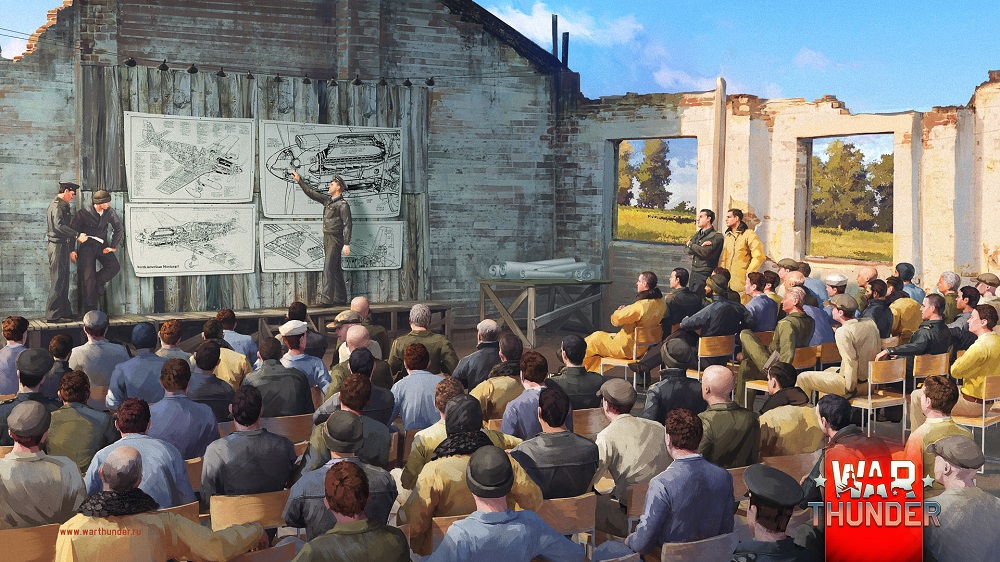
Dear players,
We had questions from the community about the improved ballistic system update and today, War Thunder producer Vyacheslav Bulannikov is going to answer the most popular in this Q&A.
Q. Is the new system going to affect HESH shells? If yes, how?
A. These changes do not apply to any HE, HESH or HEAT shells.
Q. Have you planned an update to the ricochet system? Sometimes larger shells ricochet off very light vehicles.
A. A ricochet at a given angle and range (you can check it in the ammo info card) is possible when the round calibre/armour thickness ratio is lower than 7. If the ratio is 7 or higher the armour is broken. We do not plan to review this system or make it more complex at the moment.
Q. What about the hardness of the material used in a shell? All kinds of different materials were made with varying degrees of hardness through out time.
A. Material hardness will not be taken into account in calibre type projectiles since this parameter could be really different. Depending on the time of production, hardness could vary greatly for the same round type and choosing specific values would not be accurate. However hardness (density) of the core for such rounds as the APFSDS will be taken into account.
Q. Are there any plans to change the penetration system concurrently? Shells are 1 pixel wide in game, so they can go through tiny armour gaps, for example a 152mm shell can fit in a 10mm armour hole.
A. That’s a complex and non-trivial task, we studied possible variants several times and at the moment we haven't found the one that meets all the requirements. Perhaps we will come back to it in the future, at the moment we use the method that is most widely used in games.
Q. Will document sources contradicting the results of the formula be discarded even if there is no contradiction with other documents, or could there be exceptions in the system? I know you mentioned APDS, was wondering if other shells might also be excluded in some cases.
A. Exceptions are a rare case, where no other methods allow us to gather the correct data about the round. Differences of the penetration data in different sources are not enough to add a round to an “exception list”. One of the purposes of this method is to exclude incoherence in data from various sources, otherwise penetration values will be constantly changed.
Q. Have you any plans to improve HEAT ricochets? In many case, HEAT projectiles should not ricochet, but either break or detonate. Many HEAT shells are too fragile to stay intact after a ricochet.
A. HEAT rounds can ricochet at high angles of impact, the specific angle depends on the fuse design. Of course, a round can be destroyed after impact and this is implemented in our game, after ricochet, a round loses its stability and can self-detonate.
Here is the data on the V-15 fuse for HEAT rounds. As you can see the angle is 0 to 70 degrees.
Q. Is there any plans to have the same system for aircraft guns? It’s really hard to understand how the munitions really perform, and even harder to know if they perform correctly.
A. For high-calibre guns that use similar rounds to tank rounds - yes.
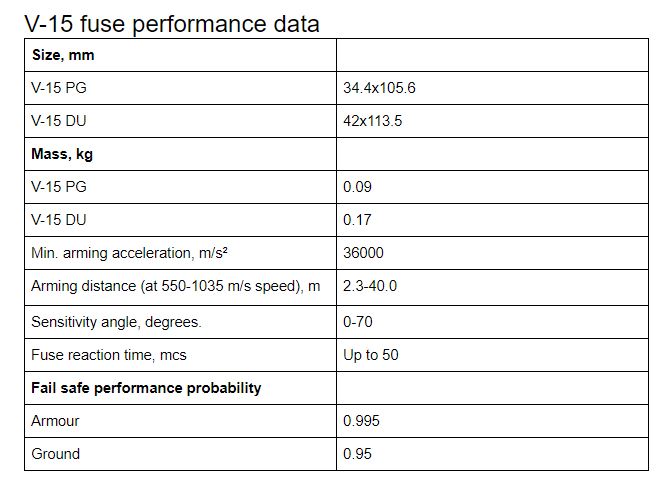
Q. How about the APHEBC? (a shell type some russian guns use). Is it going to be the same as APBC/APCBC now? It has had weird characteristics for years.
A. The slope effects for these rounds will also be implemented as they were for the APBC Shell.
Q. Japanese tanks guns performance took a hit with this new system. What have you planned in this regard?
A. BR changes will be made where they are required, this affects all nations, not just Japanese.
Q. How is penetration calculated? What are the mechanics for the rounds with different cap shapes?
A. Cap shape affects armour penetration at specific angles and this is taken into account in the slope effect sheet. To get penetration value at a specific angle you should divide armour thickness by slope value for the required angle.
Q. Do these formulas apply to low-calibre aircraft weapons?
A. At the moment, we have not considered applying the formula to low-calibre MGs.
Q. Rounds of the same type and calibre may have different penetration, will it affect the calculation?
A. If these rounds have different parameters affecting penetration - mass, velocity, HE mass etc - this will affect calculation results.
Q. Can you show us the exact formula where penetration is calculated? It is unclear where we should use the mass of a core and where the mass of a round is used.
A. In the future the exact characteristics of the rounds will be shown in the War Thunder Wiki directly from the game in articles specifically for guns.
Q. De Marre’s formula does not take explosive mass into account, but using your calculator one notices that final penetration value is not linear in reference to explosive mass. Are these some kind of hidden parameters?
A. Indeed, De Marre’s formula does not take explosive mass into account, that’s why we used data from AaG that allowed us to formulate penetration value reduction depending on the filling coefficient and added explosive mass as one of the coefficients to the formula. Taking explosives into account allows us to calculate penetration value more accurately - rounds with higher filling coefficient have lower penetration values. The exact values are not hidden, you can see them below.
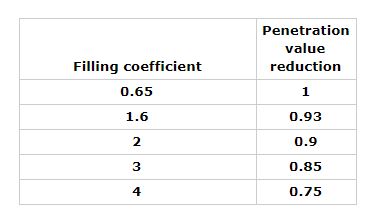
The War Thunder Team


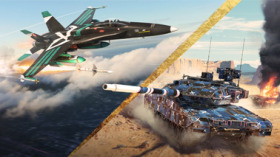
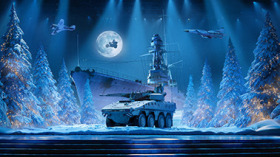
Comments (186)
These changes are asinine. basically saying "we are throwing out almost all irl data to make our life easier." these changes are going to ruin the game us/uk already have the worst ammunition at top tier and now its going to be even worse. Next how is a japenese reserve tank supposed to perform with 20mm of pen you cant re balance a br of 1.0 there's nowhere for it to be lowered to. Listen to your community and can these ridiculous changes its been done before lets get them to do it again.
Ricochet chances are basically fake, the angles are much too low, it could happen for 80 degrees or something. That could be easily proven with many documents. Also, "contradicting" sources giving M103 AP round such values for 60 degrees at 1000 yards: 124 mm, 130 mm, 132 mm. OK, they don't match perfectly, but ingame it will be something like 100 after the ballistic change, so a lot lower that the lowest documented one. I don't think such things should be happening.
I agree it's bullshit that a 70 degree slope can cause a 12 mm piece of tin foil deflect rounds like it's nothing.
Un-asked Patch from the community with so many other things still broken
Any chance you will scrap these unrealistic changes that will only make the game easier and more unrealistic? Might as well add penetration markers next, I'm sure such a change would make things even more interesting...
well lets hope we can
I think this is a good change because a lot of guns didn't have accurate data so a process to unify them is for the better, as in for the game being easier can can you please emphasize that comment? I'd say it be harder as the BRs will change and you will have to relearn how the guns work and where they can penetrate and i honestly think your just afraid of change(like most)because it severely affects a vehicle you love(or smth). Think about it this way you may find a better favorite(if it case)
Jesus, the M774 loses 58 mm of pen!? Fifty freakin eight millimeter. So Abrams doesnt pen anything from now. Good job Gaijin..
Yep, pretty much a US/UK Nerf as the L23A1 loses about 25 mm of pen too. Guess which country gained penetration?!!!
Another 'MA ABRUMS" Fan retard, completely ignore the fact that WARTHUNDER is a game and it requires balance. So quite bitching about losing some penetration when American top tiers are absolutely STOMPING top tier with nearly 75% WRs.
Ah, another reason to give up british top tier, yet another british APDSFS nerf! Wasting my time grinding these out at this point, I'm glad you were able to find those extra few mm of pen though for the Russian tanks well done *sarcasm*
So looking at that APFSDS new pen list I cant help but getting the impression that all the non Russian getting nerfed and Russian getting buffed. Nether am I surprised.
I wonder how they make these changes like eventually it's going to be all Russian tanks, and matches will get down tierd to 2 BR's.
How is the impact velocity determined for De Marre's formula? Is it calculated from the true ballistic trajectory of the shell in the game, or is it just picked from a ballistic table for that particular gun and shell based on range alone? This is important, because aircraft-mounted anti-tank cannons get a significant velocity boost simply from being fired at high speed, and in some cases impact velocity can even be higher than the muzzle velocity of the cannon itself.
the game has separate tables which determine how far a shell's velocity drops over distance. At the moment gravity and velocity of the firing platform do not affect shell velocity, so this will not change.
Demarre formula usually requires reference parameters of a similar shell. Was the tool semplified for player use or will you change the penetration values without using reference parameters?
Your density values for the L23A1 are wrong, it should be 18100 not 17500. WE FIXED THE L23A1 ALREADY AND YOU CHANGE IT TO INNACURATE VALUES FOR WHAT BALANCE?! Same for the DM33 105. The 105 and 120mm DM33 are the exact same projectile. The 105 just uses a lesser charge
Also to add to this, the JM33 should perform the exact same as the DM33 120 because they are the exact same round. If your going to use LANZ at least do it correctly.
L23A1 densty is 18600 *
Submit a complaint